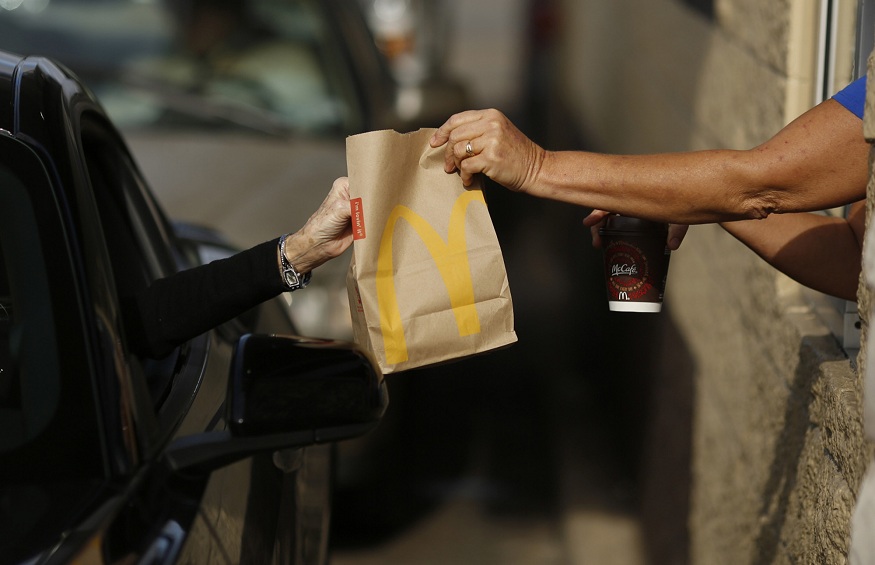Importance Of Labels In Food Packaging
Food packaging can play an important role in the quality of food. But how can you be sure that the food you’re buying is actually safe? And how can you make sure that the food you’re eating is actually from the label it claims to be from? By reading this blog, you’ll learn all about custom food packaging labels and their importance.
You’ll also be able to apply labels to food packaging yourself, know the different types of labels used, and understand why we need them on food packaging. So stay safe and eat good food with the help of labels!
Where To Get Labels For Food Packaging?
Labeling food packaging is important for a few reasons. For one, it can help you keep track of what’s inside the package. Secondly, it can help you identify the product if it’s lost or stolen. And lastly, it can help you identify the product if it’s damaged. To get the labels you need, there are a few places you can go. The most popular place to find labels for food packaging is online.
However, you can also find them at a store, or at an office supply store. Make sure to get the right size and type of label for the product you’re labeling – they should be legible and easy to apply. Finally, apply the labels as soon as possible to avoid them from becoming brittle in extreme weather conditions.
How To Apply It To Food Packaging?
It’s important to follow food labeling guidelines when it comes to food packaging. Not only does it make food safety a priority, but it’s also the law in many countries. To ensure that all the information on the label is visible and legible, it’s best to do it before you place the food in your fridge or pantry.
And, of course, don’t forget to take care when removing food from package – do not tear or puncture it! If you have any questions about food labeling, don’t hesitate to ask a family member or friend who has experience with this process. Follow food labeling guidelines to ensure food safety and compliance with food labeling laws in your country.
How Are They Usually Made?
Label in food packaging is an essential part of food safety. They play a big role in informing consumers about the ingredients and nutrition of the food they’re buying. The labels on food packaging are usually made from a variety of materials, including paper and plastics. They can be printed or handwritten, depending on the type of food packaging product required.
There are different types of printers that can produce food labels, depending on the type of product and the size of the label. Labels must be legible and accurate for products to meet all safety guidelines. It’s important to apply food labels as soon as possible. Doing so reduces the chances of them becoming brittle in extreme weather conditions.
Types Of Labels
Labeling food is important for a number of reasons. Not only do labels provide valuable information about the ingredients and nutritional content of food, they also help us to make informed food choices. There are three main types of labels used in food packaging – nutritional facts, allergen information, and ingredients.
It’s important to read the label so you know what’s in your food. If there are any concerns about a product, don’t eat it – report the package to your local supermarket or regulatory body. Plus, when you’re done with the packaging, make sure to recycle it in order to help reduce the impact of food waste on the environment.
What Food Labeling Laws Are In Place In Your Country?
There is no one-size-fits-all answer to this question, as food labeling laws vary from country to country. However, most countries have some form of food labeling regulations. The main types of labels used on food products are nutritional information, allergen information and ingredients.
In many cases, these labels must be legible and accurate for the product to meet safety guidelines. Each jurisdiction has their own specific requirements for nutrition labelling, allergens and list of ingredients. It’s important to check with your local regulatory body
The Importance Of Labels In Food Packaging
Label reading is important for food safety and nutrition. The Nutrition Facts Panel is a good place to start, as it provides details about the nutrients in the food. However, it’s worth noting that the information on food labels can be confusing.
That’s why we’ve put together these four tips to help you make sense of food labels: – Look for ingredients that are healthy for you and those around you. This includes GMOs or artificial colors and flavors. – Follow these tips to make sure you’re eating clean and nutritious foods every day: Eat food as close to its natural state as possible, try to buy food from local sources, and always read the ingredients list.
Why Do We Need It?
When it comes to food, labels are essential. They help consumers understand what they’re eating and how to prepare it. This information can be important for people with food allergies or sensitivities, as well as the restaurant industry. For example, nutrition labels can list the amount of carbohydrates, fats, and proteins in a food item.
Allergens and ingredients labels can list ingredients that are known to cause food allergies or sensitivities. And lastly, product expiration dates can help restaurants track inventory and make better decisions about pricing and menu items. So, make sure to include labels on food packaging when designing your food products!
What Are The Benefits Of Using Labels On Food Packaging?
Labeling food packaging is important for a variety of reasons. Not only do they help shoppers to choose the right foods, but they also help reduce the amount of food waste that’s generated. In addition, labels can inspire consumers to eat more healthily overall – which is good for their bodies and the environment. So, why not label your food packaging and see the benefits for yourself?
Conclusion
Labels are an important part of food packaging, and they help to ensure that the food we eat is safe and properly labelled. By following the steps listed Here, you can easily apply cosmetics private label and keep your food safe and healthy. Not only that, but labels can also provide you with important information about the ingredients and nutrition of the food inside. Make sure to read through the blog to learn more about the importance of labels in food packaging, and how they can benefit your health and food safety!

